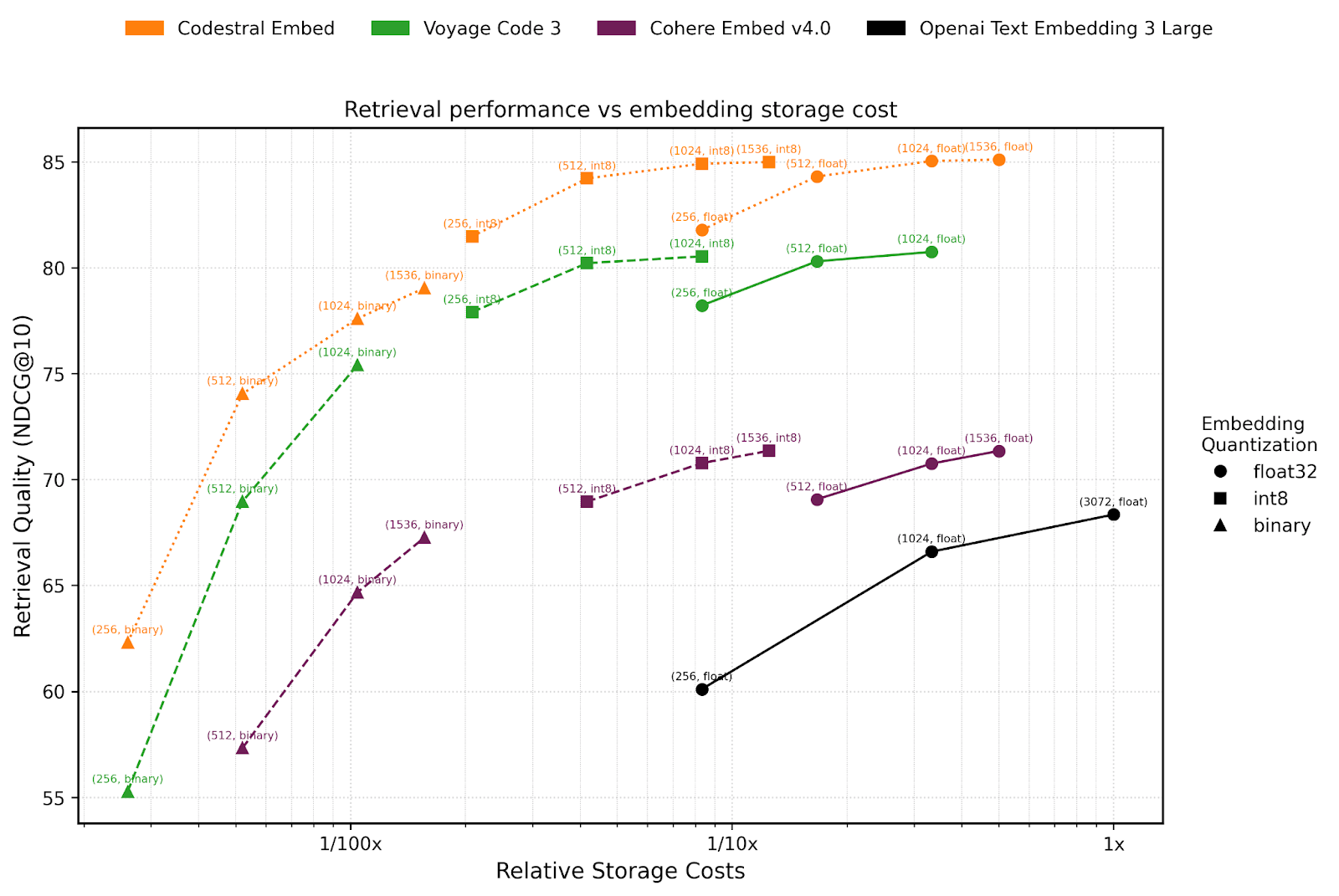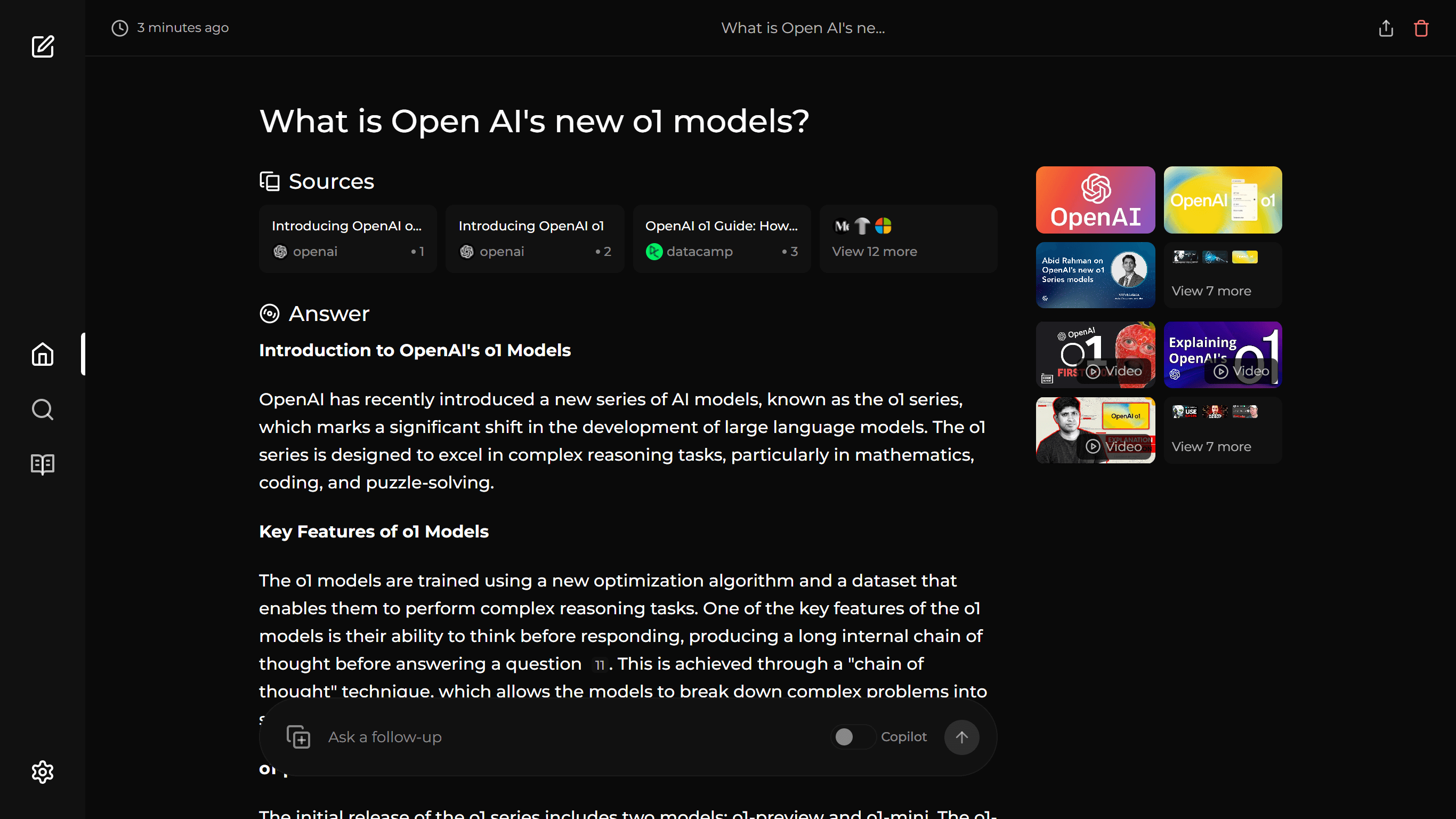What is Codestral Embed?
Codestral Embed is Mistral AI’s first dedicated embedding model tailored for code. It converts code snippets into high-dimensional vector representations that capture semantic meaning for efficient retrieval. Trained on a diverse dataset covering over 80 programming languages—including Python, Java, C++, JavaScript, and Bash—it supports a wide range of software development tasks.

Key Features
-
High-Performance Retrieval: Outperforms models like Voyage Code 3, Cohere Embed v4.0, and large OpenAI embedding models in real-world benchmarks.
-
Customizable Embedding Dimensions: Offers multiple embedding sizes and precision levels, allowing developers to balance retrieval quality and storage costs.
-
Versatile Applications: Suitable for code completion, editing, explanation, and semantic search, empowering developer tools and AI programming assistants.
Technical Principles
-
Transformer-Based Architecture: Utilizes a Transformer neural network architecture optimized for code processing and understanding.
-
Contextual Embedding Generation: Produces vector embeddings that capture code semantics and functional similarities to improve retrieval accuracy and analysis.
-
Scalable Precision Options: Supports various precision levels (e.g., int8) to balance performance and storage needs based on application requirements.
-
Benchmark-Driven Optimization: Trained and evaluated on real-world datasets like SWE-Bench and CodeSearchNet to ensure high accuracy and relevance in practical use cases.
Project Link
- official website: https://mistral.ai/news/codestral-embed
Application Scenarios
-
Retrieval-Augmented Generation (RAG): Provides fast and precise code context retrieval for AI programming assistants.
-
Semantic Code Search: Enables accurate code snippet retrieval through natural language or code queries, enhancing developer productivity.
-
Similarity Search & Duplicate Code Detection: Identifies functionally similar or duplicate code to aid optimization and compliance management.
-
Semantic Clustering & Code Analysis: Supports unsupervised clustering of code by function or structure, assisting codebase analysis and automatic documentation generation.
Related Posts



